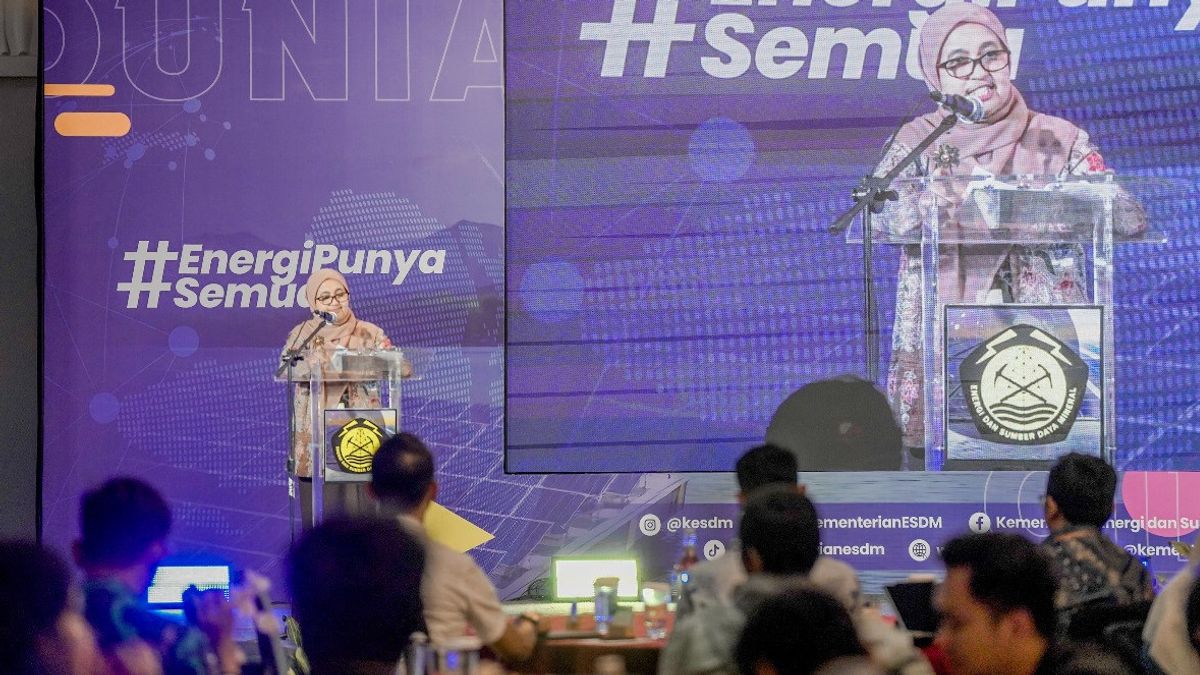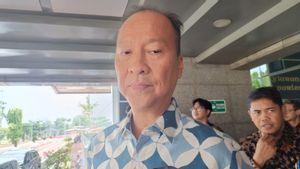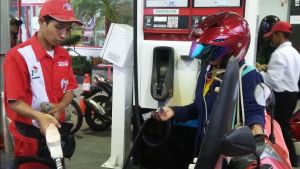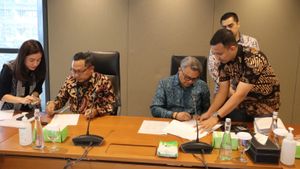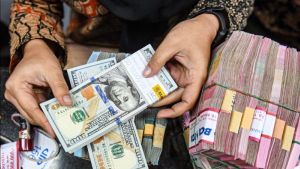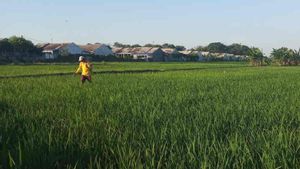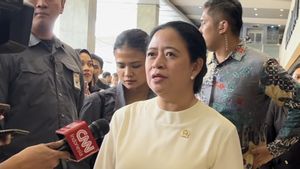BANDUNG - Expert Staff to the Minister of Energy and Mineral Resources (ESDA) Lana Saria revealed that the government continues to strive to accelerate the energy transition in Indonesia by reducing dependence on fossil energy and utilizing renewable energy, one of which is water.
Lana said Indonesia has enormous water energy potential with a total potential of 89.37 GW spread over 293 locations. The potential in the dam reaches 14,701.71 MW in 257 locations.
"One of the real examples is the development of the Cirata Floating PLTS as the largest PLTS in Southeast Asia and the third largest in the world. This PLTS is built on 200 hectares of Cirata Reservoir located in three districts, namely Purwakarta, Cianjur, and West Bandung. It has a capacity of 145 MW Ac or the equivalent of 192 MWp, and consists of 13 islands with a total solar panel area of around 130 hectares," Lana said at the Thematic Forum of the Community Relations Coordination Agency (Bakohumas) with the theme Cirata Meningi: Building a Global Reputation of Pursuing Net Zero Emission Targets', Thursday, September 12.
In addition, Lana continued, the potential for water in lakes throughout Indonesia also has a large energy reserve. The total energy potential of the lake is 74,665.25 MW in 36 locations.
Lana said that Indonesia still has a very large opportunity to increase the use of water resources as part of the clean energy transition that is being pursued.
"PLTS is one example of an important renewable energy project in Indonesia, because it reflects shifts towards clean and sustainable energy sources in an effort to overcome climate change and environmental problems," Lana continued.
In addition to infrastructure development, Lana said, the Indonesian government is also collaborating with various countries to realize energy transition ambitions.
Recently, the Asia Zero Emission Community (AZEC) 2nd Ministerial Meeting was carried out, which is part of the initiative to reduce emissions for countries in the Asian and Australian regions, as well as The 7th Indonesia China Energy Forum (ICEF). Both major events carry clean energy as a focus for discussion.
SEE ALSO:
The target of achieving NZE 2060, added Lana, is not without challenges. Reduction of emissions from power plants, early retirement of PLTU, to optimizing new and renewable energy sources, is a challenge for this program.
"To overcome these challenges, the Government has set a plan for the development of 367 gigawatts (GW) of EBT power plants by 2060. PLTS capacity will be 115 GW, the largest power plant, followed by PLTA at 46 GW, PLT Amonia at 41 GW, and PLTB at 37 GW. In addition, there will be no additional coal power plants after 2030, except those under construction," Lana said.
The English, Chinese, Japanese, Arabic, and French versions are automatically generated by the AI. So there may still be inaccuracies in translating, please always see Indonesian as our main language. (system supported by DigitalSiber.id)
